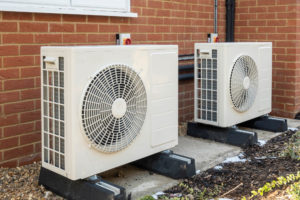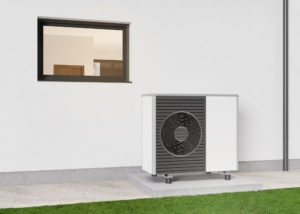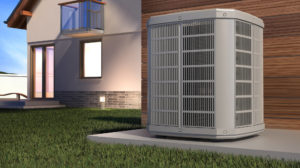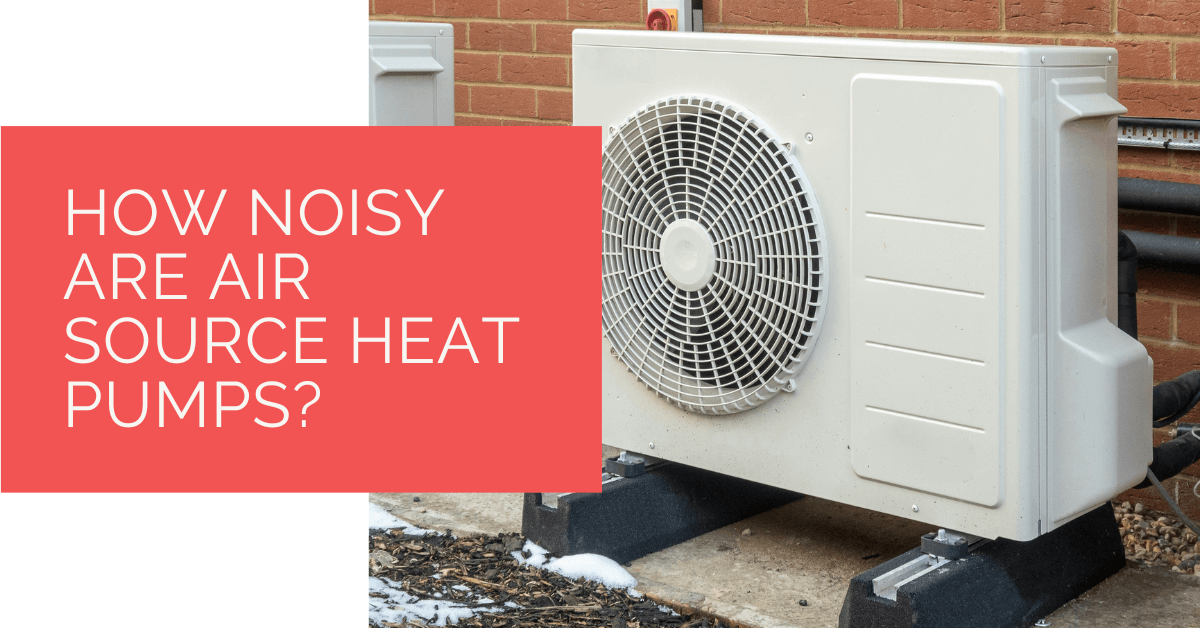The cold winters are nigh, and people in the UK will look for a renewable heating device for warm air. However, boiler systems are becoming inefficient and outdated by the minute. It is crucial to source heat pump installations from renowned companies before the temperature goes below 3oC.
Instead of boilers, you can install an air source heat pump because it is a greener, cheaper and environmentally safe alternative. Did you know the UK government actively promotes a heat pump installation initiative?
Well, the only downside would be the air source heat pump noise. Ideally, these devices can produce noise levels up to 60 decibels if heard from a one-meter distance.
If you want to know more about this air source heat pump, read on!
Contents
Key Takeaways
- Air source heat pumps are a greener and more efficient alternative to traditional boiler systems for heating homes in the UK.
- These heat pumps can produce noise levels between 40 and 60 decibels, with the primary noise sources being the fan and compressor.
- To minimize the noise impact, it’s important to consider the placement of the heat pump, avoid placing it near resting areas, and opt for high-quality components.
The Intricacies of An Air Source Heat Pump
Some refer to this heat pump as a reversible air conditioning unit. It uses the air outside to activate the heating or cooling more to regulate the temperature in your home. Moreover, it can absorb the heat from the air to primarily give you access to hot water.
Due to the use of natural elements, these devices are much more ecological than traditional boiler systems. In fact, it produces three units of reusable heat from one unit of energy, making it 300% more effective and efficient.
These heat pumps produce low-carbon energy through radiators when connected to an electric source. Besides, it can even operate at a temperature of -25oC and is on the noisier side when compared to a ground source heat pump.

How Does Such a Heat Pump Work?
The reason behind the 60 decibels noise levels stems from the science behind its operation. Ideally, you need to place these pumps in an open space near your home. Doing so will ensure that the fans work properly and the exchange of heat takes place efficiently through the refrigerant liquid.
To better understand the workability, here is a breakdown of the process:
- It absorbs the heat from the air and passes it through the liquid refrigerant unit
- The fluid then starts boiling and eventually transforms into gas after the evaporator uses this latent heat
- With the use of electric current, the pump continues to compress the gas
- In turn, it significantly heats the temperature around it
After these steps, the produced heat will move to your home’s central heating system. However, once the heat exchange transfers it, the gas will condense to its liquid form.
Along with these, some technological advancements have given rise to more efficient pumps that include:
- Grooved copper tubing to increase the surface area inside the pump
- Incorporating precise temperature regulation due to a thermostatic expansion valve
- An improved two-speed electric motor and compressor design for the coils
The performance of new air source heat pumps systems in the UK remains unparalleled mainly due to the variable speed blowers. Not only do they reduce dirty coils and filters, but they also compensate for any restrictions in the ducts.
Due to these features, the noise levels have become minimal at 42 decibels, just like a ground source pump.

How Much Noise Does an Air Source Heat Pump Make?
Depending on the system, an air source heat pump will produce between 40 to 60 decibels noise if standing one meter away. Besides, almost all heat pumps are noisy but not as disturbing as fossil fuel boilers.
Even then, domestic properties might find it challenging to deal with this if the installer does a lousy job. The decibels produced will depend on the model and how much the heat pump works. So, if the workload is higher, the sound produced will be louder.
The main contributing factor to this noise would be the fan trying to draw in warm air. Moreover, the relative decibels produced from absorbing heat depend on the following elements:
- The compressor
- Expansion valve
- Evaporator
- AC condenser
You can hear them all operating when you turn on the heat pump. However, the fan is the primary concern for the noise along with the compressor. If these components are of low quality, the noise can be problematic.
At the same time, it is not just the noise but also the vibrations produced by these elements. For example, there will be a vibration and noise every time the device is absorbing heat.
Even though there is a variable intensity, the air is most likely to produce a buzzing sound. However, everything depends on the pressure emitted.
Consequently, you will hear a constant hum whenever the heat pump starts working. Along with this, you can also hear a consistent whirring sound.

Understanding the Decibels
Well, you must be confused about the decibels concept here. To give you a better idea, 10 decibels are equivalent to rustling leaves, while 25 decibels can be categorised as a whisper. In that case, office space could produce 60 decibels, a typical sound level for such pumps.
Even with such a minimally invasive sound, the local police have received numerous nuisance reports for this. Technically, this was the issue due to improper heat pump installation that did not follow standardised procedures.
But, can you reduce the annoyingness of these sounds? Well, you can reduce these annoying buzzing and whirring sounds by considering some installing options. For example, you should avoid putting them below your bedroom or windows. Moreover, you need to install them away from your neighbours.
Heat Pump Source: Reliable Heating and Cooling Solutions
At Heat Pump Source, we take pride in our unwavering commitment to serving the UK with top-tier HVAC solutions. From the efficiency of heat pumps and the cool relief of air conditioning to the warmth of boilers, radiators, and underfloor heating, our dedicated team is always at the forefront of innovation. We understand the unique needs of every household and business, and we strive to provide dependable health and cooling products and services that are tailored just for you. Ensuring your comfort and satisfaction is our utmost priority. Whether you have questions, need guidance, or require support, we’re always here to assist. Please don’t hesitate to contact us; we’re eager to be of service.
The Bottom Line
If you install an air source heat pump, you will get energy-efficient hot water or a proper heating system. Such pumps can work well during the winter months in the UK. However, you will have to tolerate a constant humming, whirring or buzzing sound from the device.
As a rule of thumb, such devices produce noise between 40 to 60 decibels worth of whirring vibrations. To avoid these, you can simply place the equipment away from your resting locations and your neighbour’s boundary.
Instead, you can place it near an open sunny space where the noise can get dissipated.
Indeed, considering the heat pump placement is crucial if you want an efficient device. However, determining the noise levels, insulation, costs, and efficiency is essential before choosing an air source pump.
About the Author
At Heat Pump Source, our articles are the product of a collaborative effort among a team of highly skilled HVAC experts. Our dedicated professionals, hailing from diverse backgrounds in heating, ventilation, air conditioning, and refrigeration, contribute their extensive knowledge and experience to every piece of content. This multidisciplinary approach ensures comprehensive coverage. Our commitment is to deliver authoritative, reliable, and tailored advice to meet the unique needs of every household and business across the UK.

